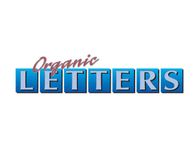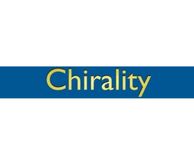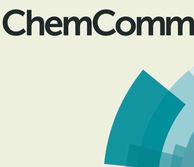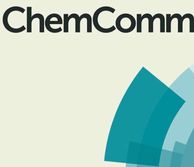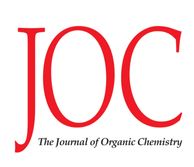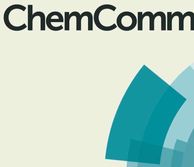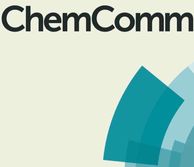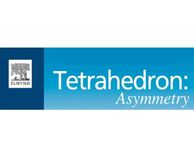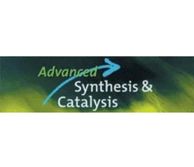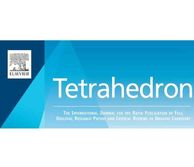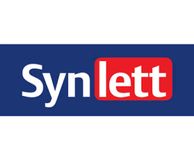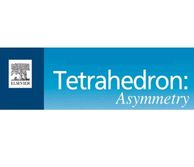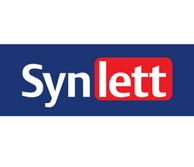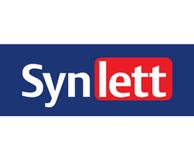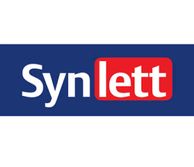Novel Methodology Publication Gallery
Early work in the group involved the development of the cyclopropylmethylsilane terminated Prins reaction to give E-skipped diene ethers,1 E-skipped diene alcohols and a Z-skipped diene modification2 and a silicon-centered tetrafunctionalised reagent for a concise synthesis of lyngbic acid.3 We also reported the first enantiopure chair and twist trans-cyclooctene isomers,4 a general synthesis of silasultones via dehydrative cyclisation5 and convenient methods for the for the formation of enantiopure 1,2-diaminodiphenyl ethanes.6,7 Additional efforts in this area resulted in expeditious routes to enantiopure tricyclic amidines.8 As a counterpoint to our natural product work, we also developed new reagent combinations for brominations,9 and novel bromoiodinanes with the first I(III)-Br bond.10
In 2009, we reported the first generation and trapping of enantiopure bromonium ions,11 developed a model system for asymmetric bromonium ion-induced polyene cyclisations12 and reported an enantiospecific polyene cyclisation initiated by an enantiomerically pure bromonium ion.13 In related chemistry, we also clarified the stereochemical course of nucleophilic substitution of arylsulphonate based nucleophile assisted leaving groups,14 and verified the stereospecific dyotropic racemisation of enantiopure D and L 1,2-dibromides.15
In 2018, in collaboration with Professor Paul Lickiss, we reported the use of tetramethylorthosilicate (TMOS) as a reagent for the direct amidation of carboxylic acids.16 This paper was one of the top five 'most read' in Organic Letters for 2018 according to ACS axial, and also featured in a virtual issue (Organic Letters Global Enterprise, Erick M. Carreira (Editor-in-Chief), Org. Lett., 2019, 21, 2967–2967) as the most downloaded article from the UK in 2018. In December 2023 it featured as one of '25 Most-Read Organic Letters' in the Silver Anniversary: 25 Years of Organic Letters editorial. In 2021, we published a review on the use of stoichiometric silicon reagents for direct amidation,17 and in 2022 we reported on the use of methyltrimethoxysilane (MTM) as as safer (and, in fact, cheaper) alternative to TMOS for direct amidations.18 In 2023, we reported triarysilanols as the first silicon-centred catalysts for direct amidation.19 Further development of direct amidations is a continuing theme in our laboratories.
In 2020 we reported the first methodolgy for the iterative construction of terpenoids using terpene building blocks with ruthenium benzylidene catalysed relay cross metathesis ('ReXM') reactions as the key step in the iterations.20
In 2023, in collaboration with Leon Barron from the School of Public Health we reported on brominated acidic contaminants in drinking water.21
References: [1] Braddock, D. C.; Badine, D. M.; Gottschalk, T. Synlett 2001, 1909-1912. [2] Braddock, D. C.; Badine, D. M.; Gottschalk, T.; Matsuno, A.; Rodriguez-Lens Synlett 2003, 345-38. [3] Braddock, D. C.; Matsuno, A.; Synlett 2004, 2521-2524.[4] Braddock, D. C.; Cansell, G.; Hermitage, S. A.; White, A. J. P. Tetrahedron: Asymm. 2004, 35, 3123-3129. [5] Braddock, D. C.; Peyralans, J. J.-P. Tetrahedron 2005, 61, 7233-7240. [6] Braddock D. C.; Redmond, J. M.; Hermitage, S. A.; White, A. J. P. Adv. Synth. Catal. 2006, 911-916. [7] Braddock, D. C.; Hermitage, S. A.; Redmond, J. M.; White, A. J. P. Tetrahedron: Asymm. 2006, 17, 2935-2937. [8] Braddock, D. C.; Cailleau, T.; Cansell, G.; Hermitage, S. A.; Pouwer, R. H.; Redmond, J. M.; White, A. J. P. Tetrahedron: Asymm. 2010, 21, 2911-2919. [9] Braddock, D. C.; Cansell, G.; Hermitage, S. A. Synlett 2004, 461-464. [10] Braddock, D. C.; Cansell, G.; Hermitage, S. A.; White A. J. P. Chem. Commun. 2006, 1442-1444. [11] Braddock, D. C.; Hermitage, S. A.; Kwok, L.; Pouwer, R.; Redmond, J. M.; White, A. J. P. Chem. Commun. 2009, 1082-1084. [12] Braddock, D. C.; Marklew, J. S.; Thomas, A. J. F. Chem. Commun. 2011, 47, 9051-9053. [13] Braddock, D. C.; Marklew, J. S.; Foote, K. M.; White. A. J. P. Chirality 2013, 25, 692-700. [14] Braddock, D. C.; Pouwer R. H.; Burton J. W.; Broadwith, P. J. Org. Chem. 2009, 74, 6042-6049. Erratum, 7602. [15] Braddock, D. C.; Roy, D.; Lenoir, D.; Moore, E.; Rzepa, H. S.; Wu J. I.-C.; Schleyer, P. v. R. Chem. Commun. 2012, 48, 8943-8945. [16] Braddock, D. C.; Lickiss, P. D.; Rowley, B. C.; Pugh, D.; Purnomo, T.; Santhakumar, G.; Fussell, S. J. Org. Lett. 2018, 20, 950-953. [17] Davies, J. J.; Braddock, D. C.; Lickiss, P. D. Org. Biomol. Chem. 2021, 19, 6746-6760. [18] Braddock, D. C.; Davies, J. J.; Lickiss, P. D. Org. Lett. 2022, 24, 1175–1179. [19] Braddock D. C.; Rowley, B. C.; Lickiss, P. D.; [20] Bahou, K. A.; Braddock, D. C.; Meyer, A. G.; Savage, G. P. Org. Lett. 2020, 22, 3176-3179. [21] Ciccarellia, D.; Braddock, D. C.; Surmand, A. J.; Ivonne Vergara Arenas, B.; Salald, T.; Marczylob, T.; Vineis, P.; Barron, L. P. J. Hazard. Mater. 2023, 448, 130906.
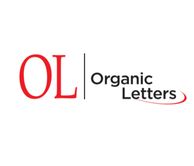
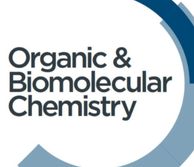
f--tojpeg_1585667565827_x4.jpg)
